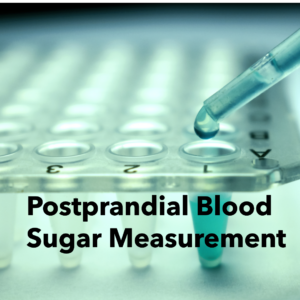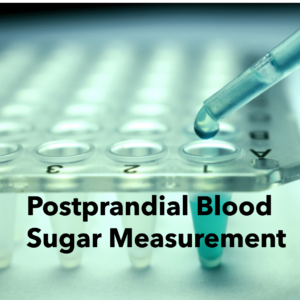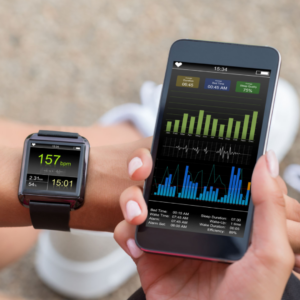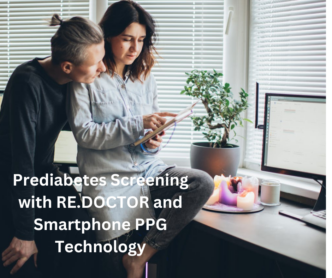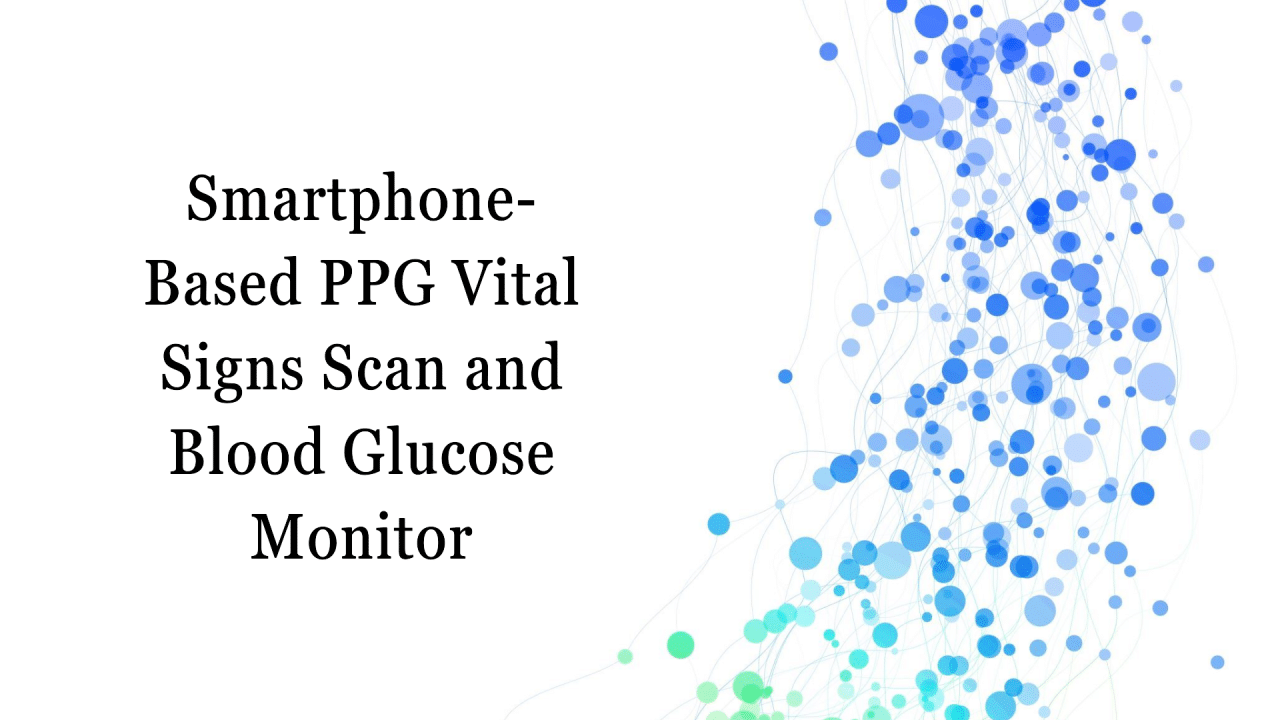The Undervalued Powerhouse: Postprandial Blood Sugar Measurement and its Benefits for Public Health Screening
While fasting blood glucose (FBG) measurement has long been the cornerstone of diabetes screening and diagnosis, postprandial blood sugar (PPBS) measurement, particularly the 2-hour postprandial blood glucose (2hPPG), is increasingly recognized for its significant contribution to early disease detection and public health management. Measuring blood glucose levels after a meal, typically two hours after the start, provides a more dynamic assessment of glucose metabolism and offers a distinct set of benefits in public health screening programs, surpassing the limitations of relying solely on FBG. This essay will delve into the main advantages of incorporating PPBS measurement into public health screening protocols, highlighting its role in identifying individuals with early glucose dysregulation, predicting future cardiovascular risks, improving diabetes management strategies, and ultimately contributing to a healthier population.
One of the most significant benefits of incorporating PPBS measurement into public health screening is its ability to identify individuals with early-stage glucose intolerance, specifically impaired glucose tolerance (IGT). IGT often precedes the development of type 2 diabetes mellitus (T2DM), representing a crucial window of opportunity for intervention. While FBG primarily reflects the liver’s ability to regulate glucose release during fasting, PPBS captures the body’s response to a glucose load, revealing how well insulin is working to facilitate glucose uptake by cells. Individuals with IGT may have normal or only mildly elevated FBG, thus remaining undetected by screening programs solely reliant on fasting glucose. The 2hPPG test, typically conducted during an oral glucose tolerance test (OGTT), provides a more sensitive assessment of insulin resistance and beta-cell dysfunction, both key features of pre-diabetes and early T2DM. By identifying these individuals, public health initiatives can implement targeted interventions like lifestyle modifications, including dietary changes and increased physical activity, to potentially delay or even prevent the progression to full-blown diabetes, thereby reducing the burden on healthcare systems and improving individual quality of life.
Beyond the detection of pre-diabetes, PPBS measurement is a valuable tool for stratifying cardiovascular risk. Studies have demonstrated that elevated PPBS levels, even within the normal range according to current diagnostic criteria for diabetes, are independently associated with increased risk of cardiovascular events, including heart attack, stroke, and peripheral artery disease. This association likely stems from the fact that postprandial hyperglycemia contributes to oxidative stress, endothelial dysfunction, and inflammation, all of which are key drivers of atherosclerosis. By identifying individuals with consistently elevated PPBS, even those with normal FBG, public health screening programs can pinpoint those at higher risk for cardiovascular complications and implement preventive measures. These measures can include promoting healthier dietary patterns, encouraging regular physical activity, and, in some cases, initiating pharmacologic interventions to manage blood pressure, cholesterol, and potentially, blood glucose levels. This proactive approach to cardiovascular risk management, guided by PPBS assessment, can translate into significant reductions in morbidity and mortality associated with cardiovascular disease, contributing to improved population health.
Furthermore, PPBS measurement plays a crucial role in optimizing diabetes management strategies for individuals already diagnosed with T2DM. While HbA1c provides an average measure of blood glucose control over a period of 2-3 months, it doesn’t capture the fluctuations in blood glucose that occur throughout the day, particularly after meals. Postprandial hyperglycemia can contribute significantly to overall HbA1c levels and is often associated with increased risk of microvascular complications like retinopathy, nephropathy, and neuropathy. By monitoring PPBS levels, individuals with diabetes and their healthcare providers can gain a more granular understanding of how different foods, medications, and activities impact blood glucose control. This information allows for personalized dietary adjustments, medication titration, and exercise regimens tailored to minimize postprandial spikes and optimize glycemic control throughout the day. For instance, individuals might discover that certain carbohydrate-rich foods elicit a significantly higher PPBS response than others, prompting them to make informed food choices. Similarly, monitoring PPBS after medication adjustments can help determine the effectiveness of the treatment and guide further dose modifications. The integration of PPBS monitoring into diabetes management empowers individuals to actively participate in their own care, leading to improved glycemic control, reduced risk of complications, and enhanced quality of life.
Beyond the individual benefits, the inclusion of PPBS measurement in public health screening programs can contribute to a more comprehensive understanding of the prevalence and trends of glucose intolerance at the population level. Data collected from PPBS screening can provide valuable insights into the effectiveness of existing diabetes prevention programs, identify areas of unmet need, and inform the development of more targeted public health interventions. For example, analyzing PPBS data across different demographic groups can reveal disparities in glucose metabolism, potentially linked to factors like socioeconomic status, dietary habits, or access to healthcare. This information can then be used to tailor public health initiatives to address the specific needs of these vulnerable populations, promoting health equity and reducing the overall burden of diabetes in the community.
However, the implementation of PPBS measurement in public health screening programs does present some challenges. The requirement for individuals to undergo a standardized meal or OGTT can be logistically more complex and time-consuming compared to FBG testing. Ensuring adherence to the standardized protocol, including timing and dietary composition, is crucial to obtaining accurate and reliable results. Furthermore, the interpretation of PPBS values can be influenced by factors such as age, ethnicity, and medication use, necessitating careful consideration by healthcare professionals. To address these challenges, it is essential to develop clear and concise guidelines for PPBS testing, provide adequate training for healthcare personnel, and utilize appropriate data analysis techniques to account for potential confounding factors. The use of continuous glucose monitoring (CGM) technologies, while still relatively expensive for widespread public health screening, offers a promising avenue for more comprehensive and less burdensome assessment of postprandial glucose fluctuations in the future.
In conclusion, the inclusion of PPBS measurement in public health screening programs offers a multitude of benefits, extending beyond the limitations of solely relying on FBG. It facilitates the early detection of IGT and pre-diabetes, allowing for timely interventions to prevent or delay the onset of T2DM. It aids in identifying individuals at increased risk of cardiovascular disease, enabling proactive risk management strategies. It empowers individuals with diabetes to optimize their glycemic control through personalized management plans. And it provides valuable data for understanding the epidemiology of glucose intolerance and informing public health policy. While challenges related to logistics and standardization need to be addressed, the potential impact of PPBS measurement on improving population health and reducing the burden of diabetes and cardiovascular disease makes it a valuable and increasingly important component of public health screening strategies. As technology advances and testing methodologies become more accessible, the widespread adoption of PPBS measurement will undoubtedly contribute to a healthier future.
